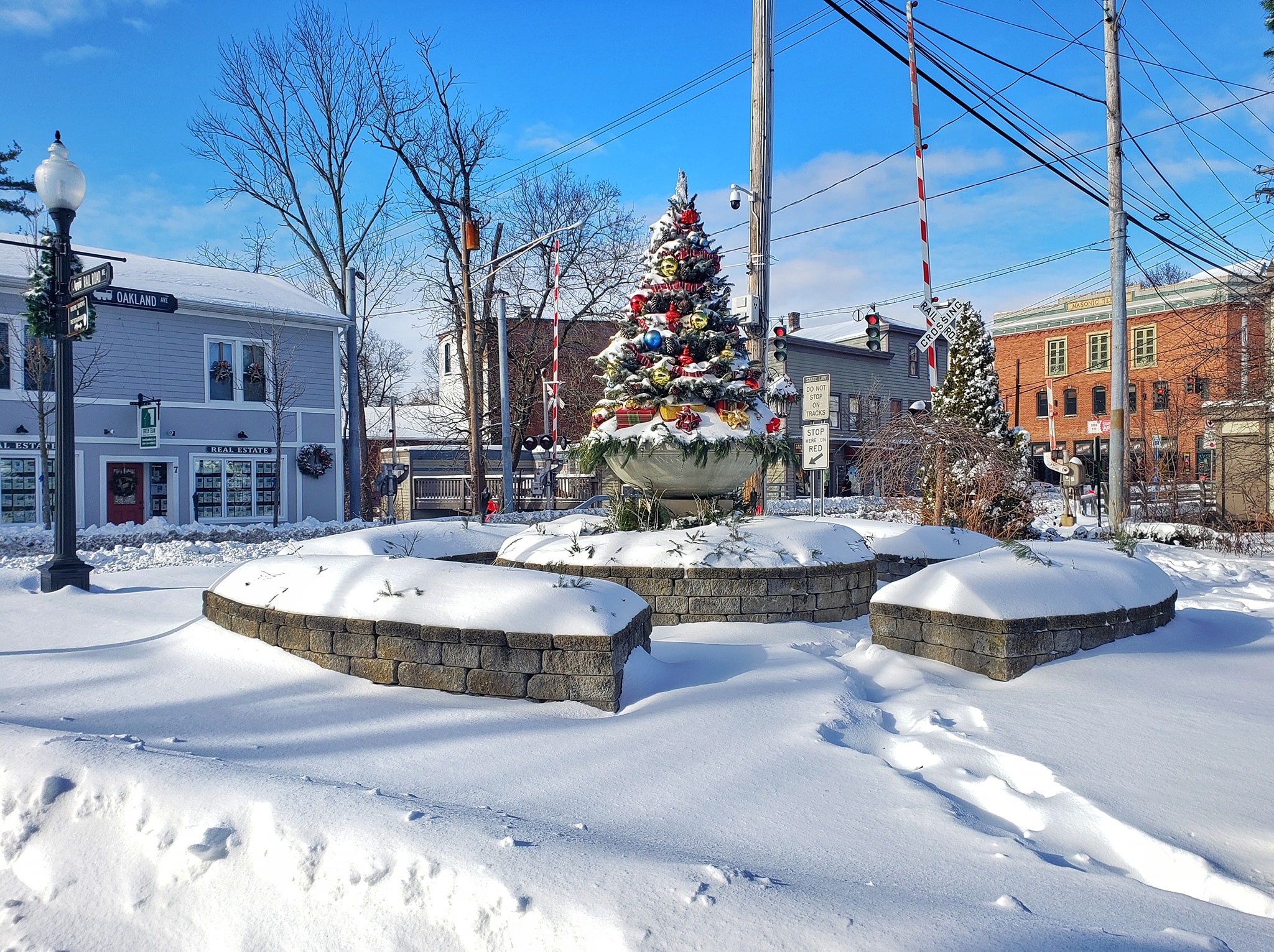Editor,
Mount Eve is nothing special. Neither is Mt. Adam. As mountains are judged they are small potatoes. Yet if a mining company with giant machines began grinding them up and carting them away into oblivion, there would be a massive outcry.
That is because since earliest days of human occupation here, their prominence on the flat landscape of the Drowned Lands has said “home.” As Anne Morrow Lindbergh stated so eloquently, “…it is only framed in space that beauty blooms. Only in space are events and objects and people unique and significant – and therefore beautiful.”
Since the glaciers scraped their way back to north, Pulpit Rock has stood alone. It is likely that fields and not woods lay around it long before the first Europeans arrived; it certainly was a farm by the time of the Revolutionary War. It is recorded as being called Pulpit Rock before 1859.
It is a landmark not because of astonishing size or unusual composition compared to the massive outcrops of the Highlands – but by its defining isolation in space. Alexander Pope in 1731 noted the particular quality in a landscape that must not be destroyed in “improving” it: “Consult the genius of the place in all; That tells the waters to rise, or fall; Or helps th’ ambitious hill the heav’ns to scale , Or scoops in circling theatres the vale….”
Pulpit Rock has been a genius loci for generations of Warwickians and visitors. For me, this landmark is also an important sign for the hundreds of students and teachers and parents that pass by it each day: We may not ever be the “world’s biggest,” or “best,” etc., but when the gifts each of us have are viewed apart from the crowd there are unique and wonderful things to be discovered and loved, just as we treasure this odd rock in a field.
I am an advocate of historic preservation. I am also an advocate of private property rights. You cannot hold a landowner hostage to the community’s nostalgia or aesthetic. Payment of taxes on a parcel that cannot make enough income to offset that expense is an unfair burden to demand. What the community can and should do to preserve a special place that is threatened is offer alternatives such as public investment. It is my understanding that community is trying to do just that.
Placement of large buildings on the Pulpit Rock parcel, however meant to honor it as a landmark, will destroy the very thing that makes it so. I fervently hope that the landowner in cooperation with community leaders and concerned citizens will find a way to move this project to a more suitable parcel.
During this public health crisis, when we all reflect on the precious people around us, let’s also seek a way to keep Pulpit Rock’s “sermon in stone” sounding for future generations.
SUE GARDNER







